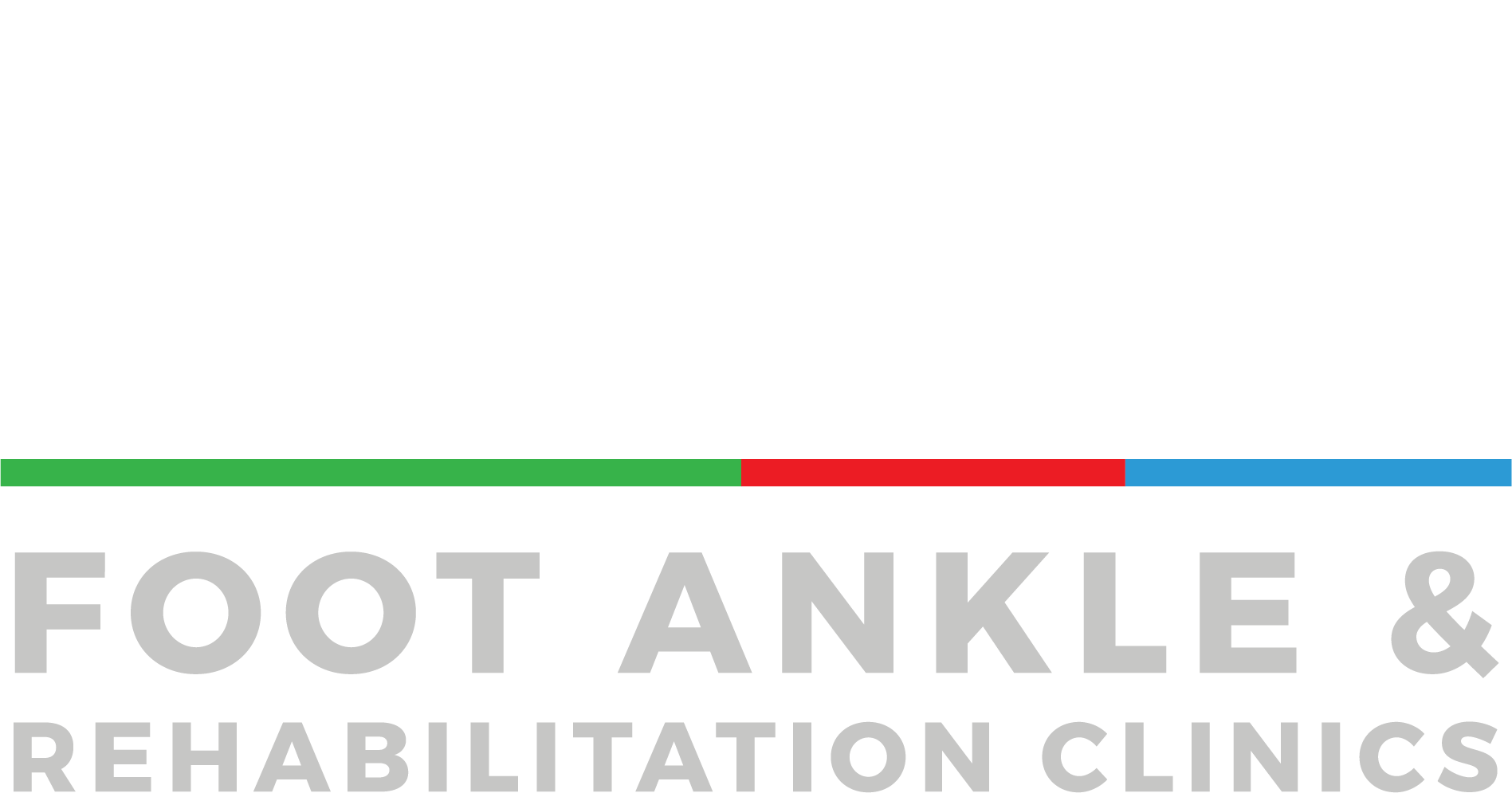Medial Tibial Stress syndrome “Shin Splints”
What is it?
Pain along the Tibia (Shin Bone) during or after exercise, most commonly along the lower medial 2/3 of the tibia (lower inside of shin bone). This pain and discomfort are due to the muscles in the lower leg pulling on the surface of the bone (periosteum) resulting in inflammation and pain.
Medial Tibial Stress Syndrome is one of the most common overuse sports injuries in athletic populations and it is even more common in new recruits to running or sports.
Signs and symptoms
Diagnoses of medial tibial stress syndrome can be completed within the clinic.
You may find that it is painful to touch along the inside of the tibia and occasionally on the outside for approximately 5cms or more along the affected side.
You may find that it is painful during or after running and it is common with an increase in training load
Other symptoms such as pain at night or pain and/or pins and needles into the foot may be associated with a stress fracture or chronic exertional compartment syndrome.
What can cause it?
The inflammation, irritation and pain along the tibia can be caused by a few factors;
Most frequently it is related to an increase in training load in particular running on hard or uneven surfaces, excessive pronation and/or inappropriate footwear can create more stress and load on the periosteum of the tibia.
Treatment
Treatment for medial tibial stress syndrome can be conservative, the good thing about this condition while it may be common it does have positive outcomes with correct treatment relatively quickly.
One of the main components to treatment is load management, if you have pain during the exercise you are doing too much. Exercises should be pain free and training load should be increased gradually to allow the muscles and tibia to recover.
If excessive pronation or inappropriate footwear are causing the irritation and pain, a consult with your podiatrist should give you the best short- and long-term management options.
If you suspect that there is more going on than just Medial Tibial Stress Syndrome you should contact your podiatry clinic for appropriate assessments and medical imaging to diagnoses your issue correctly.
Written by
Stewart Williams
Podiatrist at FARC
Sources:
Craig, D. (2008). Medial Tibial Stress Syndrome: Evidence-Based Prevention. Journal Of Athletic Training, 43(3), 316-318. doi: 10.4085/1062-6050-43.3.316
Images from:
https://www.thestar.com/life/health_wellness/diseases_cures/2013/03/19/if_someone_kicks_you_in_the_shin_and_it_kills_blame_your_tibia.html
https://orthotech.com.au/orthotics/semi-custom-orthotics/



